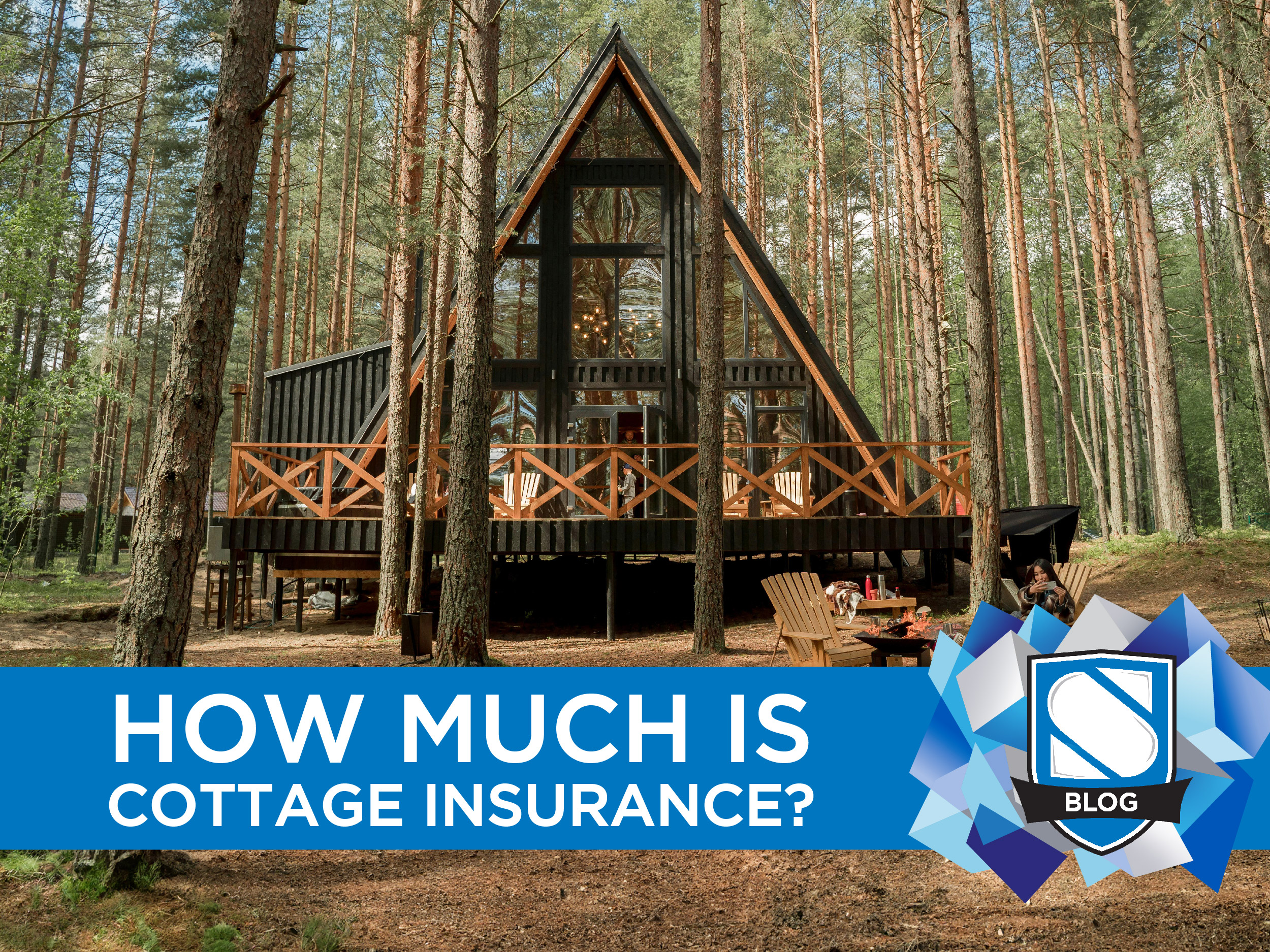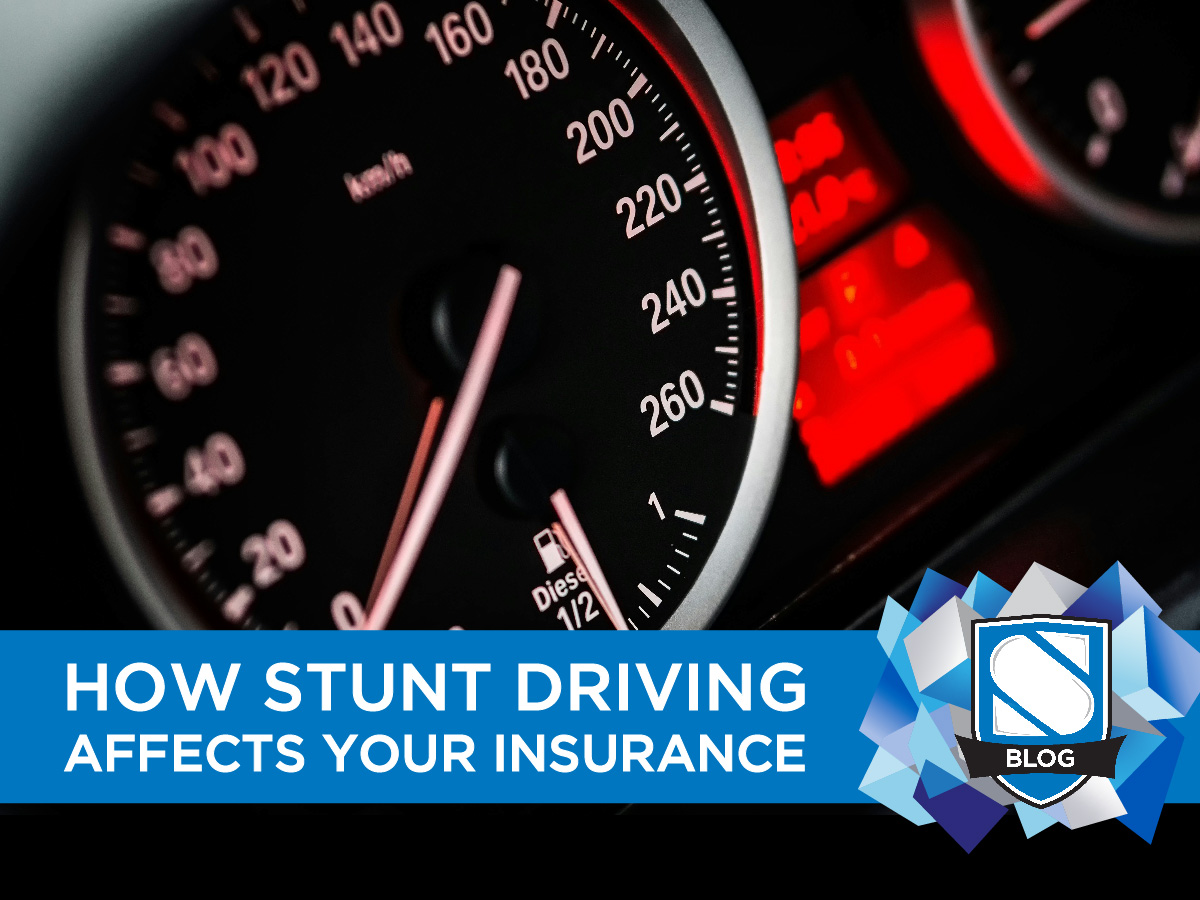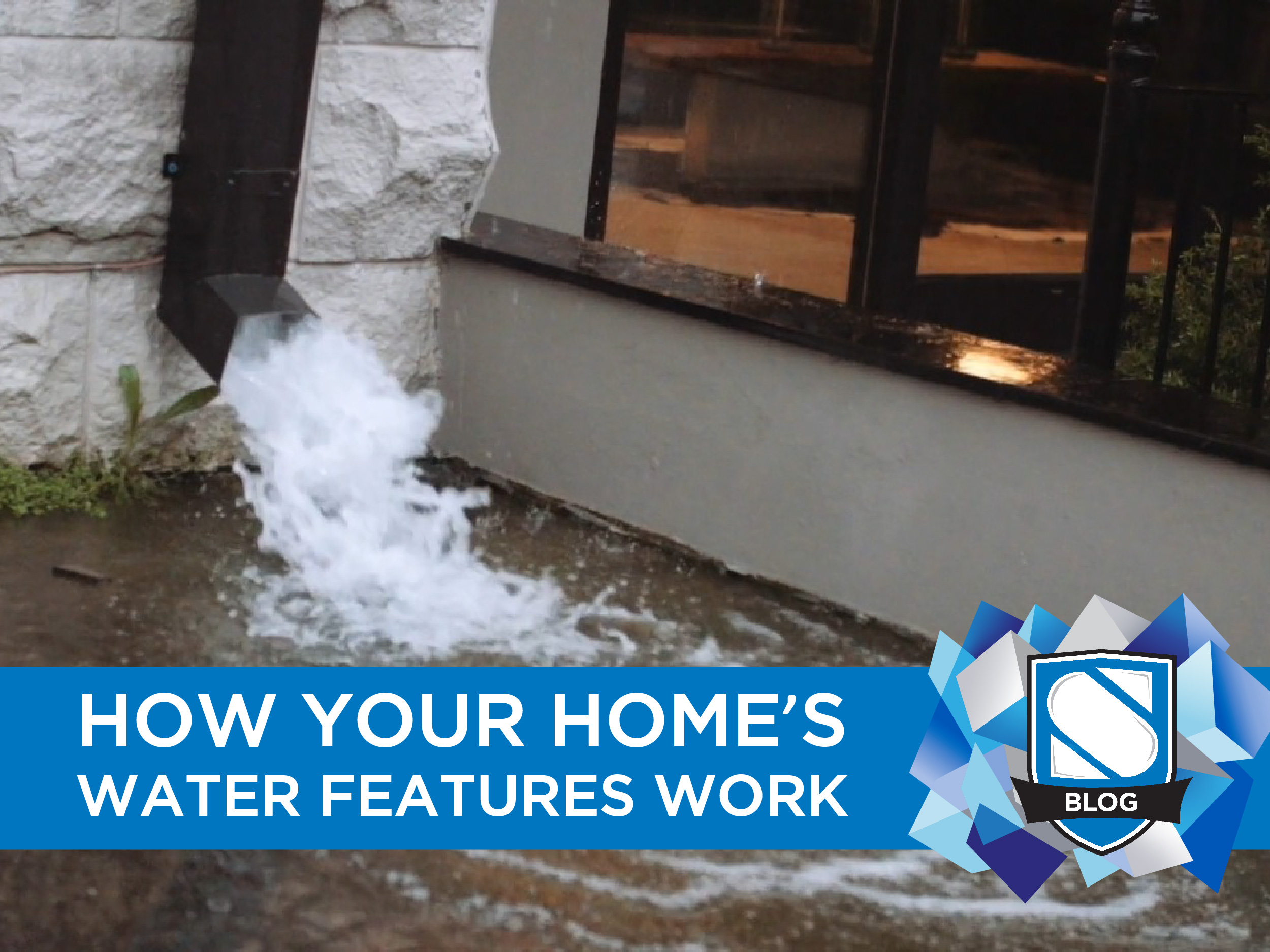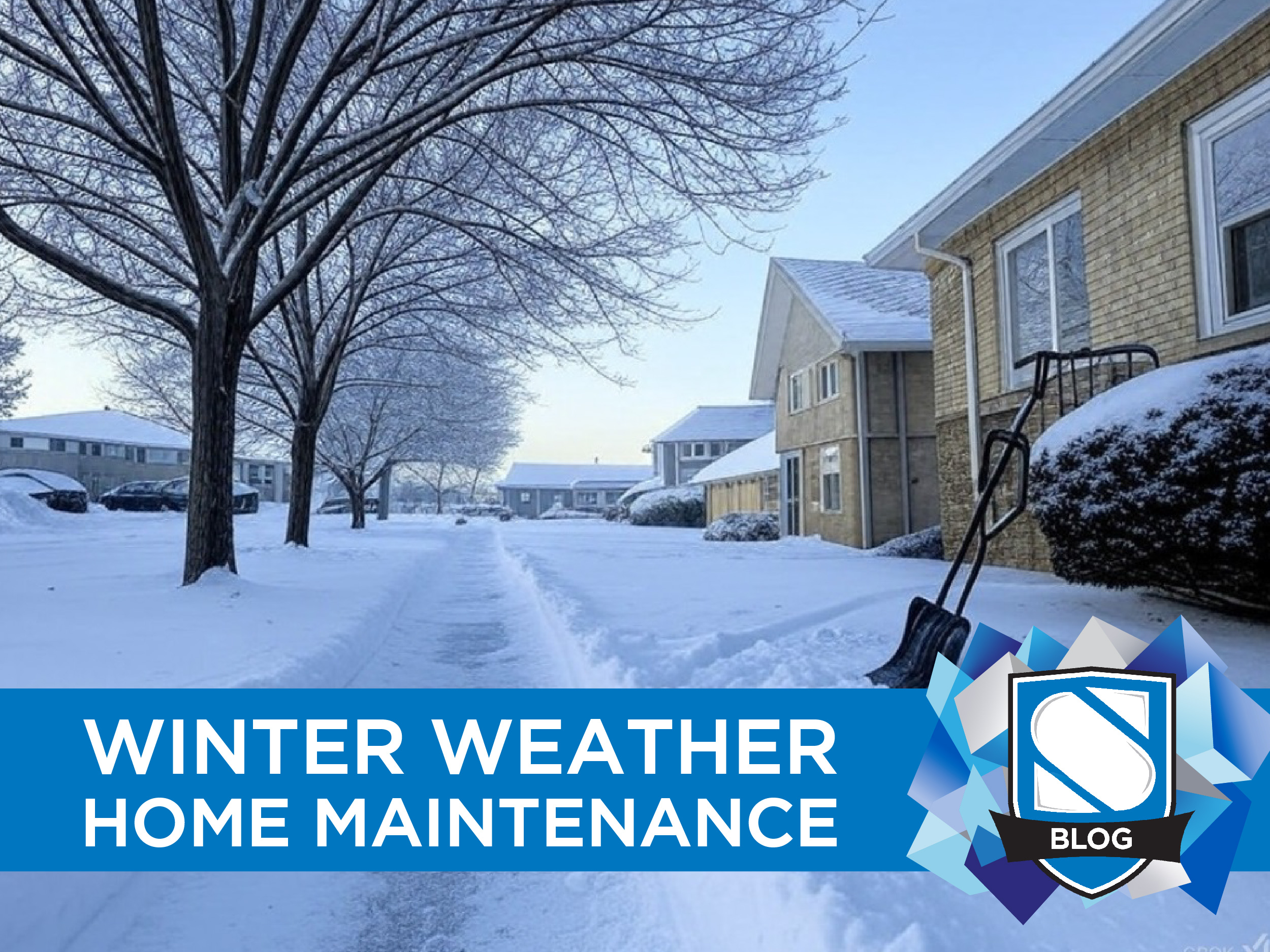With the warm weather here and summer just around the corner, your kids are probably eager to get out there and hit the road on their bikes!
That’s fantastic! Bike riding can be a fun and healthy way to enjoy the good weather. But, it’s not without its risks! Accidents can and do happen. If your kids are going to be out there on two wheels, you need to make sure they’re probably equipped to minimize their chances of injury.
Helmet safety
Selecting and maintaining a suitable helmet is the best thing you can do to keep your children safe while on their bikes. Some points to remember:
- Brain injuries are the most serious kind of injury. They account for 43% of all deaths to young school-aged children, so protecting the head should be your highest priority when it comes to bike safety. If they don’t have a helmet on, they don’t get on a bike, period.
- It’s also the law! In Ontario anyone under the age of 18 must wear a helmet when operating any kind of bike. This is enforceable with a fine, so make sure your kids never leave home without theirs.
- When selecting a helmet for your child, be sure it is safety standard approved. Look for a sticker by the CSA, EN, ASTM, CPSC or Snell B90/B95 certifying that the helmet passes their standards of safety and will provide adequate protection in the event of an accident. If you can’t find certification, select another product.
- There are three general types of bike helmet:
- Hard shelled helmets that include a rigid outer layer over a foam inner liner.
- Thin shelled, which are similar to hard shells but with a thinner, lighter plastic covering over the foam.
- Soft shells, which cover the foam with fabric. These are lightweight and generally designed for younger children who may struggle with a heavier helmet.
- As long as they bear certification marks, each type of helmet should be able to safely protect your child, but in general, a hard shell helmet is a little safer and will also stand up to rough use better (kids love to throw off their helmets as soon as they’re off their bikes). Unless your child expresses real discomfort at the weight of a hard shelled helmet, this should be the preferred choice.
- Helmets should be snug without being too tight. Adjust the straps to minimize the amount of “play” in the helmet and make sure your child is not wearing a cap, hood, tucking a ponytail up under the helmet, or otherwise creating a gap between head and helmet. Hats or excessive amounts of hair can make it easy for a helmet to come loose during an impact.
- If your child has a bad spill and the helmet suffers a significant impact that causes a crack or a chunk of it to break off, replace it immediately. Bicycle helmets are designed to break apart to help absorb and distribute the impact of an impact, much like a bumper is designed to crumple in a crash. Once it’s been absorbed one impact, it will be ineffective at stopping another.
Some extra tips to make sure your kids are wearing their helmets properly:
- If possible, don’t store the helmets in a closet (especially high up on a shelf where the kids can’t reach), but with the bikes themselves. That way they’ll always know where the helmet is when they want to ride.
- It’s great when kids want to share their toys, except when it comes to their helmets! You don’t want your kids swapping with their friends or siblings to a less effective helmet or size. Try personalizing their helmets by writing their names inside, encouraging them to select stickers or decorations to give them a personal touch, and otherwise encouraging a sense of ownership. “This is YOUR helmet!”
- Speaking of stickers, try adding on a reflective or highly visible sticker on the back. Anything that helps your child stand out to a motorist is a good thing.
Picking the best bike for your child
Choosing the right bike for your child will help them stay safe while enjoying the summer months! A few things to keep in mind:
- When selecting a bike for your child, find the right fit for their size, not their age. While most department store bikes have a recommend age range, it’s really comfort and mobility that is most important, so have your child try out a few bikes and don’t be afraid to move up or down the age range.
- The ideal sitting position should position the child so they are just barely able to place their feet on the ground when sitting on the bike. The knee should extended about three quarters of its maximum range when pedaling.
- If your child is a little uncomfortable like this and wants a more secure footing, try lowering the seat a tiny bit until they get used to it and gradually move it back up.
- Keep it light. The lighter the weight of the bike, the easier it will be to transport and store, especially for the kids. With that in mind, avoid weighty additions like a suspension system until your kids are older (a younger child won’t get much use out of them anyway).
- For younger children, avoid gear systems and front breaks. They are unlikely to see much benefit from a gear system (but may cause the chain to skip while using it improperly) while front breaks can cause an unwary child moving at a good clip to flip over the bars if they apply it too enthusiastically. Keep it simple for the little guy or girl in your life.
- By law, reflectors must be placed on the back and front wheels. This is a good start, but also consider adding a reflector to the back, or even better, a blinking light.
- If there is any chance your kids might be bicycling at night (not recommended), be sure the bike is equipped with a front headlight. There are many affordable, lightweight, LED headlamps available these days, so make sure your kids have them if they need them.
Other safety equipment
The average child simply riding their bike around the neighbourhood is probably okay with just a helmet. That said, if your child is a little more accident prone than others, or a bit of a daredevil, a few more pieces of safety gear can be helpful.
- If your kids love to explore rough bike paths, hit big hills, or go off-road on their mountain bikes, consider knee pads and padded gloves. These can be a lifesaver in the event of a slide across gravel or asphalt, protecting the knees and palms from painful abrasions. Remember, more expensive does not necessarily mean better. There are plenty of “performance” brands out there that sell up-market pads and gloves at premium prices, but unless your children are particularly wild, there is no need to spend tons of money on gear that, by design, is likely to scratched and beat up in short order.
- Are your kids a little older? Do they watch the X Games? Did you get them that BMX they wanted? If so, it might be time to look into wrist guards. Whether they are going to be practising fancy tricks in a parking lot, or hitting dirt hills in search of air-time, their hands are likely going to take a beating. Wrist guards can help you avoid cuts, sprains, and chronic injuries associated with repeated impacts. A worthwhile investment if there ever was one.
- When your kids are a little older and liable to either take their bikes on longer rides or stop in at a store or friend’s home while out and about, make sure they have a water bottle and secure lock attached to their bike. Dehydration can be a real threat when exerting yourself in hot weather. A bottle of water can help avoid sunstroke and wooziness that could lead to a more serious accident. You also don’t want them riding far from home only to end up stranded if their bike goes missing. A simple chain or U lock is all you need to prevent that scenario.














0 Comments